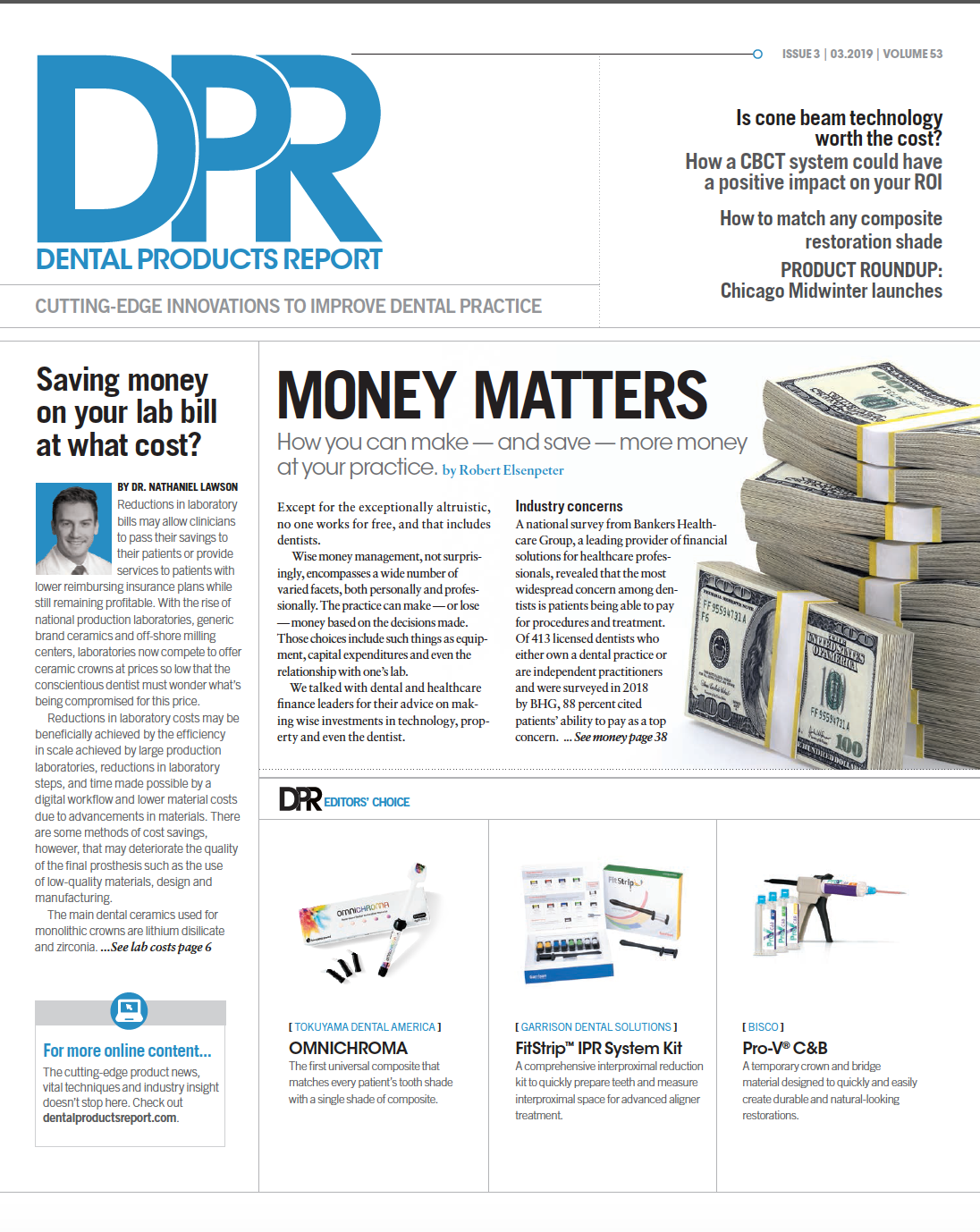Benefits of strength and endurance training
To prevent dental workplace injury, focus on endurance training and slowly introduce strength training.

You wouldn’t put just any old forcep on any old tooth for an extraction. You need to match the appropriate instrument to the specific treatment needed. For example, if you try to use an anterior forcep on a posterior tooth, it probably won’t work well - in fact, someone could get hurt!
Likewise, when it comes to exercise, you need to match the type of exercise to support the job you’re asking of your muscles every day in the operatory. For example, if you perform strengthening/power (anaerobic) exercise on your upper trapezius, you may likely develop painful trapezius myalgia because studies show the upper traps easily become oxygen-deprived and ischemic in the dental operatory. Therefore, performing an anaerobic exercise on these oxygen-starved muscles worsens the condition and can lead to pain. I’ve seen the wrong type of exercises lead to pain problems countless times among dental professionals.
There are two general ways to condition muscles.
Muscular endurance training (aerobic)
This exercise targets Type I muscle fibers, which have a high capacity for aerobic energy supply and are fatigue-

resistant. This type of training produces muscles that contract for a long duration at a low level. Postural stabilizing muscles, located closer to the spine, are largely made of Type 1 fibers; when properly trained, they enable an upright posture for prolonged periods of time without pain or fatigue. One example of an excellent muscular endurance training exercise for the lower trapezius involves an exercise band pulling down at a 45-degree angle.
Warning: I did a Google search for “best muscular endurance training exercises” and two of the top five exercises are contraindicated for dental professionals! Sit-ups and push-ups can both worsen the painful imbalances to which dental professionals are prone to by targeting the pectoralis, scalenes, sternocleidomastoid and psoas. All four muscles are prone to tightness, ischemia and painful trigger points in dental professionals due to their seated postural demands. This is why it’s imperative that you know which muscles to target in your exercise program and how to exercise them without simultaneously activating the wrong muscles.
More from the author: How to mitigate common hip complications
Muscular strength/hypertrophy training (anaerobic)
This targets Type II muscle fibers, which have a high capacity for rapid force production and fatigue quickly. This type of training produces muscles that contract powerfully but only for a short duration. Power muscles - such as the quadriceps - are made of a mixture of Type I and Type II fibers to enable both aerobic (i.e., jogging) and anaerobic (i.e., sprinting) activities.Injury prevention exercise programs should be customized to the occupation - a construction worker will have different muscular demands than a dentist. A well-designed injury prevention exercise program for a dental professional should focus mostly on muscular endurance training, which will enable the dental operator to maintain an optimal posture for prolonged periods of time without pain or fatigue. It also will allow the operator to periodically go into nonneutral, challenging postures for difficult tooth surfaces (i.e., distobuccal of #15) with less discomfort.
Why is muscular endurance important?
Once a good baseline program of muscular endurance is established by dental professionals, strength training can then be slowly introduced as long as the muscular endurance training continues.
A central tenet of human movement is that stabilization must occur in the proximal muscles and joints before the distal joint can move safely. This is the reason physical therapists are inundated with patients injured while participating in P90X and CrossFit exercises. It’s not that the exercises themselves are bad, but in order to perform most of them safely requires a great deal of stabilization in the trunk, shoulder girdle and hips. These stabilization exercises are often not present in sufficient quantity in these programs, and as such, injury often occurs.
How is the training different?
Muscular endurance training involves high repetitions, low resistance and mostly targets the postural stabilizing muscles. Strength/bodybuilding training is just the opposite, focusing on low repetitions and high resistance and primarily targeting the “mover” muscles.
This year, make it a priority to do the right type of exercise that will keep your body pain-free and enable you to have the long and healthy career you deserve!
